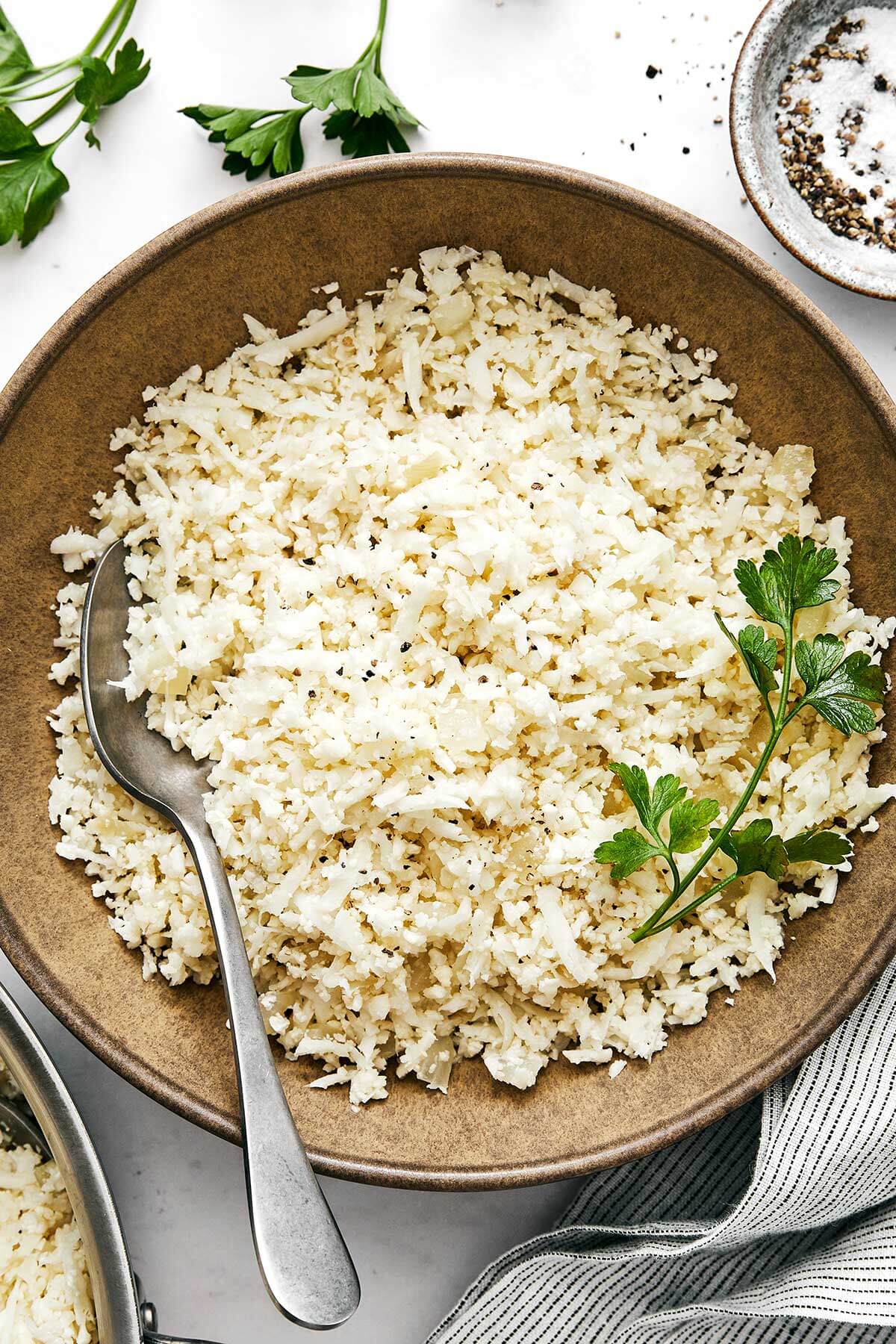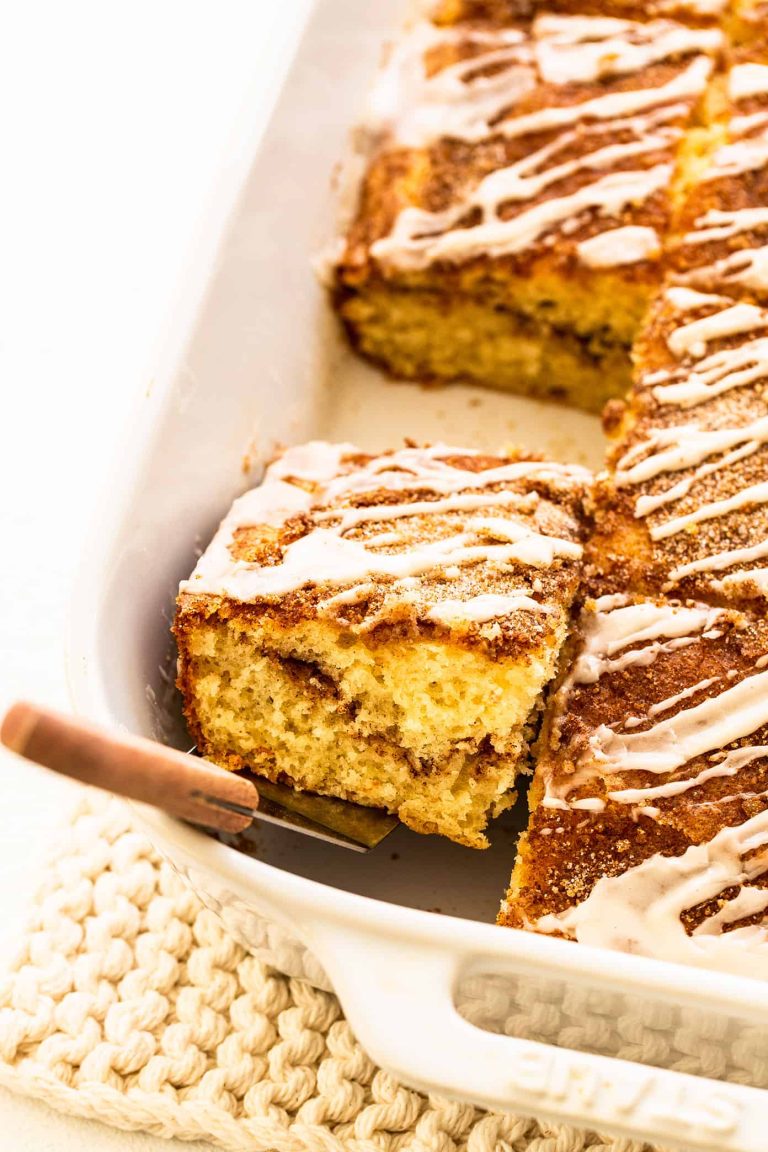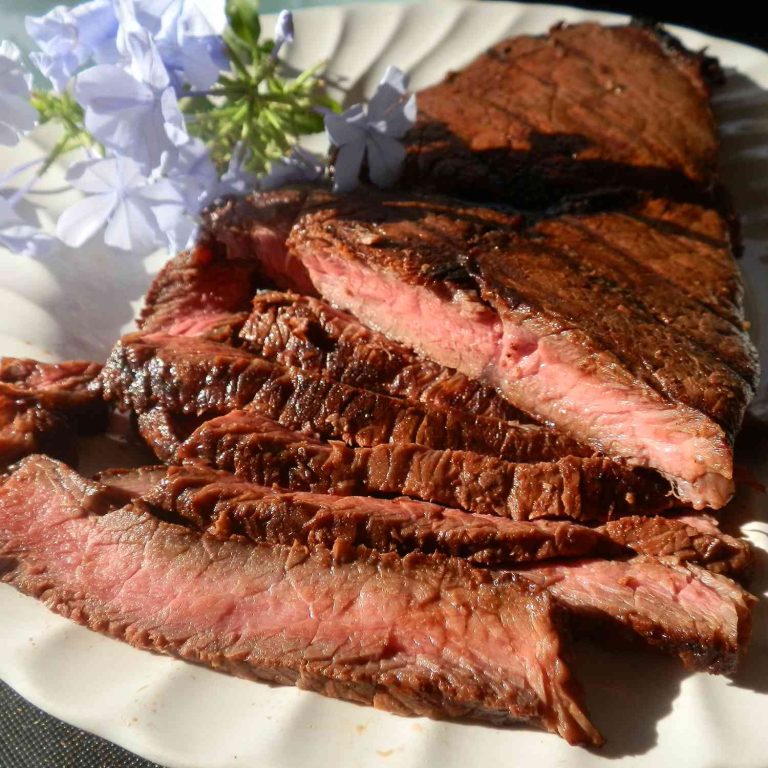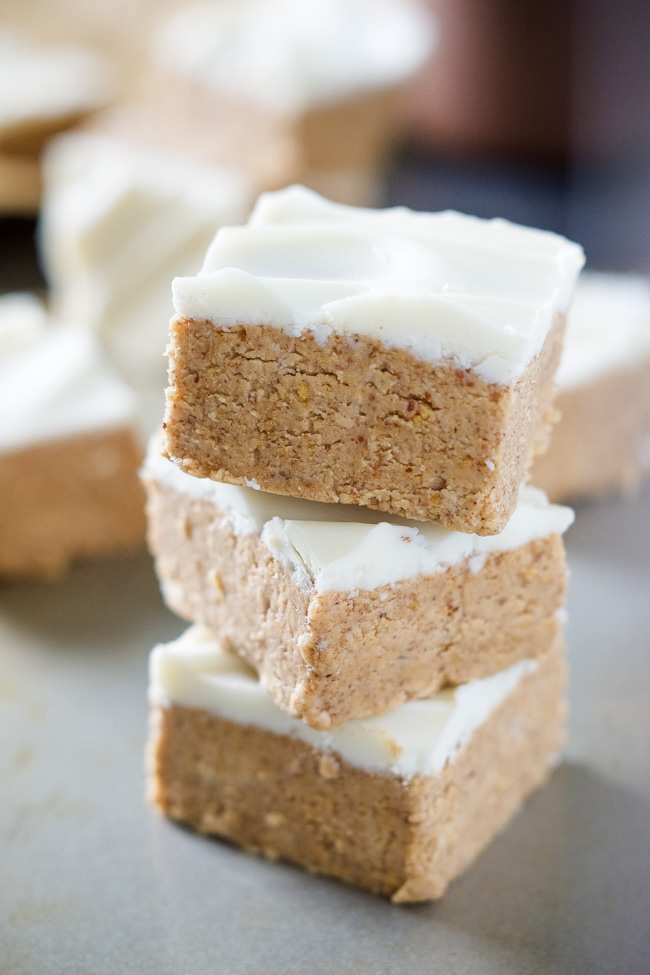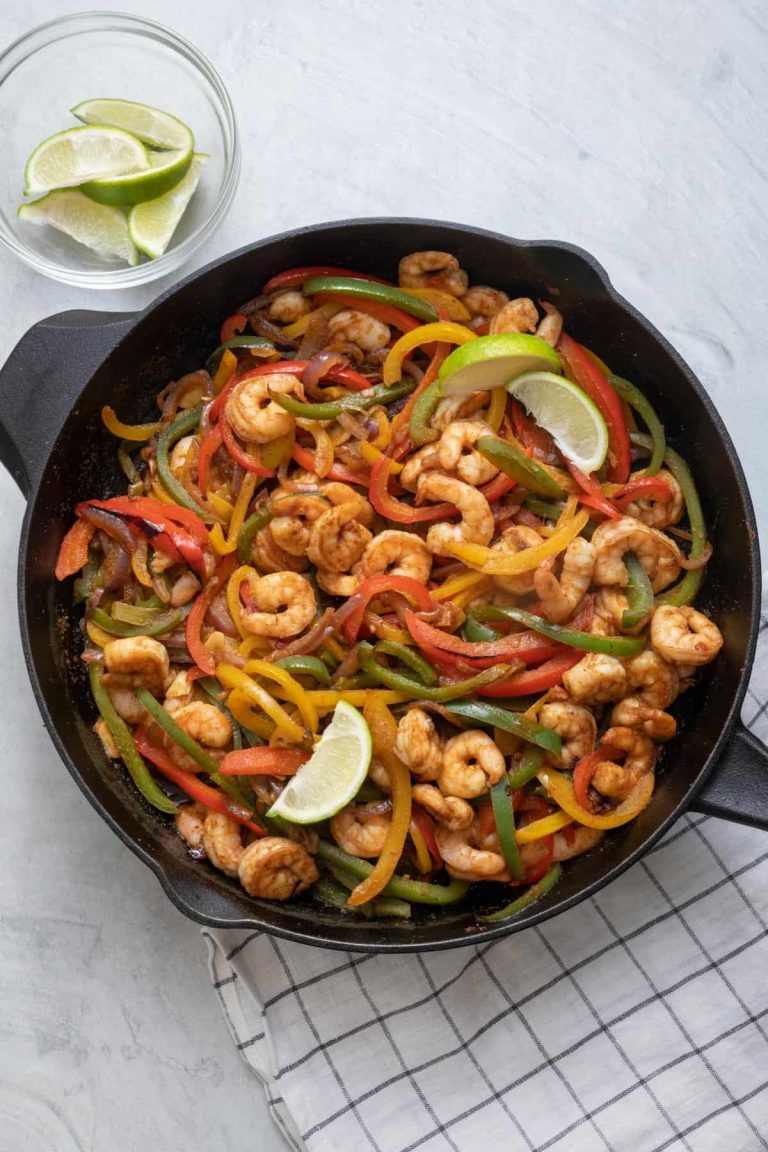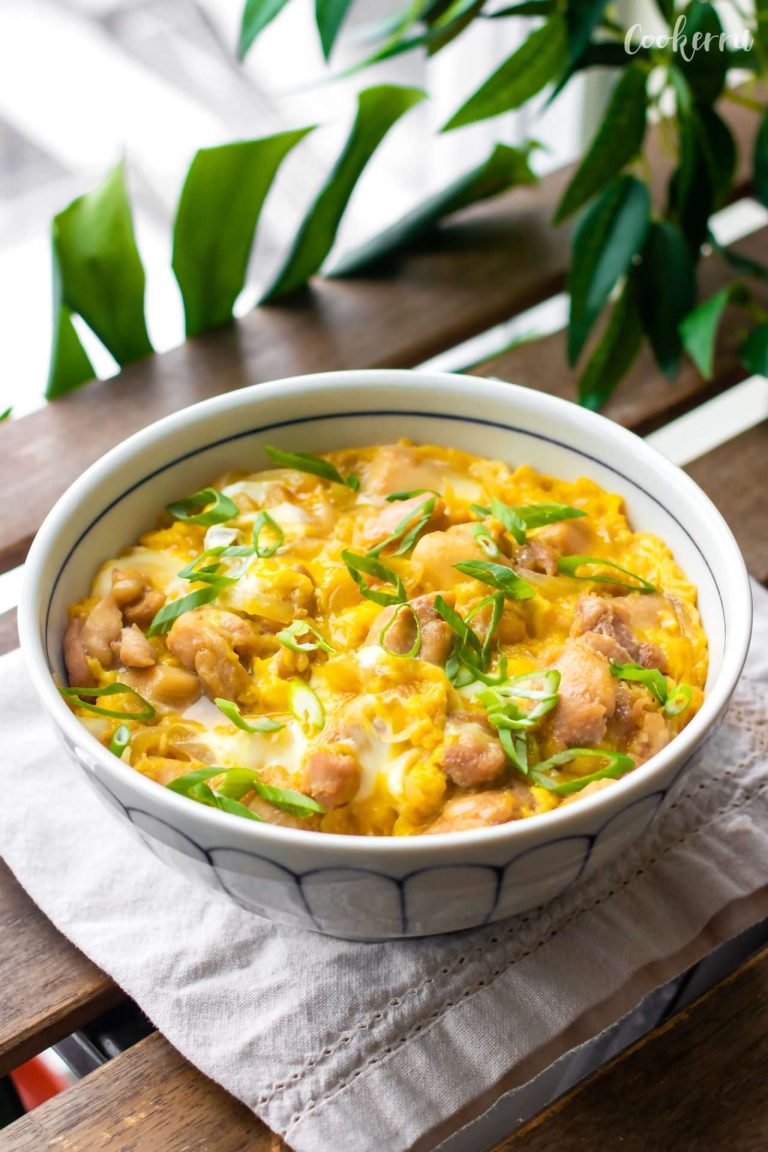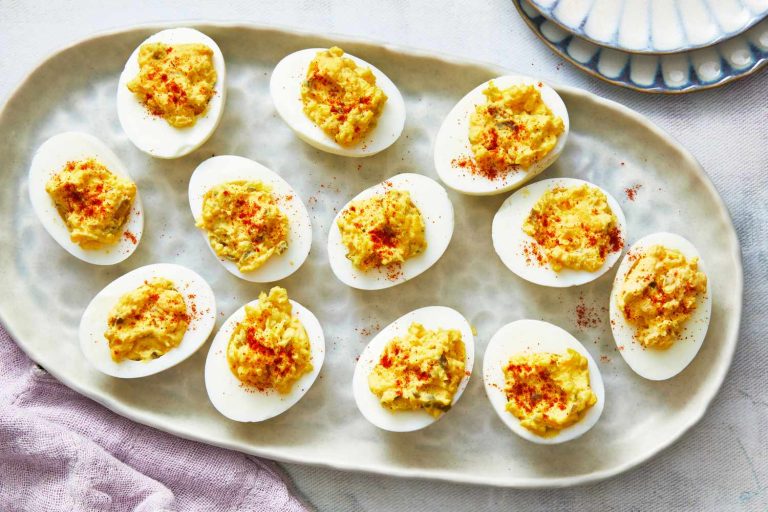Broccoli Rice: A Nutritious, Low-Carb Alternative – Benefits, Storage Tips, and Reheating Guide
Broccoli rice is made from finely chopped broccoli florets. You can pulse them in a food processor until they resemble grains of rice. It’s a versatile substitute for traditional rice, fitting easily into various recipes. For consistent texture, chop the florets evenly and avoid using the stems.
Health Benefits of Broccoli Rice
Broccoli rice offers numerous health advantages. It’s low in calories, helping with weight management. Rich in fiber, it supports digestive health. Broccoli rice is high in vitamins C and K and contains antioxidants that support your immune system. It also fits well into low-carb and keto diets, aiding in balanced nutrition.
How to Make Broccoli Rice
Choosing the Right Broccoli
Select fresh broccoli with bright green, firm florets. Avoid broccoli with yellowing or wilting parts, as these indicate age and nutrient loss. Organic broccoli is preferable, but conventionally grown broccoli works equally well if washed thoroughly.
Tools Needed for Preparation
Ensure you have the following tools for preparing broccoli rice:
- Chef’s Knife: For cutting broccoli into smaller pieces.
- Cutting Board: To provide a stable surface.
- Food Processor: To pulse the broccoli into rice-sized pieces.
- Large Bowl: To hold the processed broccoli rice.
- Spoon or Spatula: For stirring during cooking.
- Wash and Dry the Broccoli
Rinse the broccoli thoroughly under cool water, then pat it dry with a clean towel to remove excess moisture. - Cut the Florets
Use the chef’s knife to separate the florets from the stem. Discard the thick stems or save them for another recipe. - Prepare the Florets
Chop the florets into smaller chunks that can fit into your food processor. - Process the Broccoli
Place the chopped florets into the food processor. Pulse until the broccoli resembles rice grains. Avoid over-processing to prevent a mushy texture. - Cook or Use Raw
Broccoli rice is ready to be used raw in salads, or you can sauté it in a pan with a bit of oil for 5-7 minutes for a tender, rice-like consistency.
Using this method ensures you create nutritious and versatile broccoli rice, perfect for various recipes.
Creative Recipes Using Broccoli Rice
Broccoli Rice Stir-Fry
Broccoli rice stir-fry makes a quick, nutritious meal. Begin by heating oil in a pan over medium heat. Add minced garlic and chopped onions. Sauté until fragrant. Mix in your choice of protein such as chicken, tofu, or shrimp. Cook until the protein is fully cooked. Add broccoli rice and stir well. Incorporate soy sauce and your favorite vegetables like bell peppers, carrots, and peas. Sauté until the vegetables are tender. Garnish with green onions or sesame seeds before serving.
Broccoli Rice Casserole
Broccoli rice casserole offers a comforting, wholesome dish. Preheat your oven to 375°F. In a large bowl, combine cooked broccoli rice with shredded chicken, cream of mushroom soup, shredded cheddar cheese, and seasonings like salt and pepper. Mix thoroughly. Transfer the mixture to a greased baking dish. Sprinkle additional cheese on top. Bake for 25-30 minutes until the cheese is bubbly and golden. Let it cool for a few minutes before serving.
Vegan Options with Broccoli Rice
Vegan options with broccoli rice are diverse and flavorful. Try a vegan broccoli rice bowl by combining cooked broccoli rice with black beans, corn, avocado slices, and cherry tomatoes. Drizzle with lime juice and sprinkle with cilantro. Another option is broccoli rice stuffed peppers. Hollow out bell peppers and fill them with a mixture of broccoli rice, diced tomatoes, onions, garlic, and spices like cumin and paprika. Bake at 375°F for 20-25 minutes until the peppers are tender. Serve with fresh herbs or a vegan cheese topping.
Nutritional Comparison
Broccoli Rice vs. Traditional Rice
Broccoli rice differs significantly from traditional rice in terms of nutrients. Traditional white rice mainly offers carbohydrates and some protein but lacks other essential nutrients. In contrast, broccoli rice provides a broader nutritional profile with fewer carbs and calories. This alternative is ideal for low-carb and keto diets, offering more vitamins, fiber, and antioxidants than white rice.
Caloric and Macronutrient Breakdown
A side-by-side analysis demonstrates these differences. Here’s a breakdown of calories and macronutrients for a 100g serving of both:
| Nutrient | Broccoli Rice | Traditional White Rice |
|---|---|---|
| Calories | 35 kcal | 130 kcal |
| Carbohydrates | 7 g | 28 g |
| Protein | 2.5 g | 2.7 g |
| Fiber | 3 g | 0.4 g |
| Fat | 0.3 g | 0.3 g |
Broccoli rice has 72% fewer calories and 75% fewer carbs than traditional white rice. It’s high in fiber, supporting digestive health, and contains significant amounts of vitamins C and K. Traditional rice, lower in fiber and vitamins, mainly serves as an energy source but fails to match the overall nutritional benefits of broccoli rice.
Storing and Preserving Broccoli Rice
Best Practices for Freshness
Store broccoli rice in airtight containers to maintain freshness if you’re keeping it in the refrigerator. Check for any moisture before sealing, as excess moisture can lead to spoilage. Keep the container in the coldest part of the fridge, typically the crisper drawer. Use the broccoli rice within 3 to 5 days. Labeling containers with the date can help manage the storage duration effectively.
Freezing and Reheating Tips
Freeze broccoli rice for longer preservation. First, spread the broccoli rice in a single layer on a baking sheet and freeze it for one hour. Then, transfer the frozen rice to freezer-safe bags or airtight containers. Remove as much air as possible to prevent freezer burn and store for up to 6 months.
To reheat, use a microwave or stovetop. When microwaving, place the frozen broccoli rice in a microwave-safe dish with a cover, and heat for 2-3 minutes, stirring halfway through. On the stovetop, sauté the frozen rice in a non-stick pan over medium heat, stirring occasionally, until warmed through. Avoid overcooking, as this can cause the rice to become mushy.
Conclusion
Broccoli rice is a game-changer for anyone looking to make healthier choices without sacrificing flavor. Its impressive nutritional profile and adaptability make it a must-try for your meal planning. Whether you’re storing it for a few days or freezing it for months, maintaining its freshness is straightforward. And with simple reheating tips, you can enjoy perfectly textured broccoli rice every time. Give it a try and experience the benefits firsthand.
